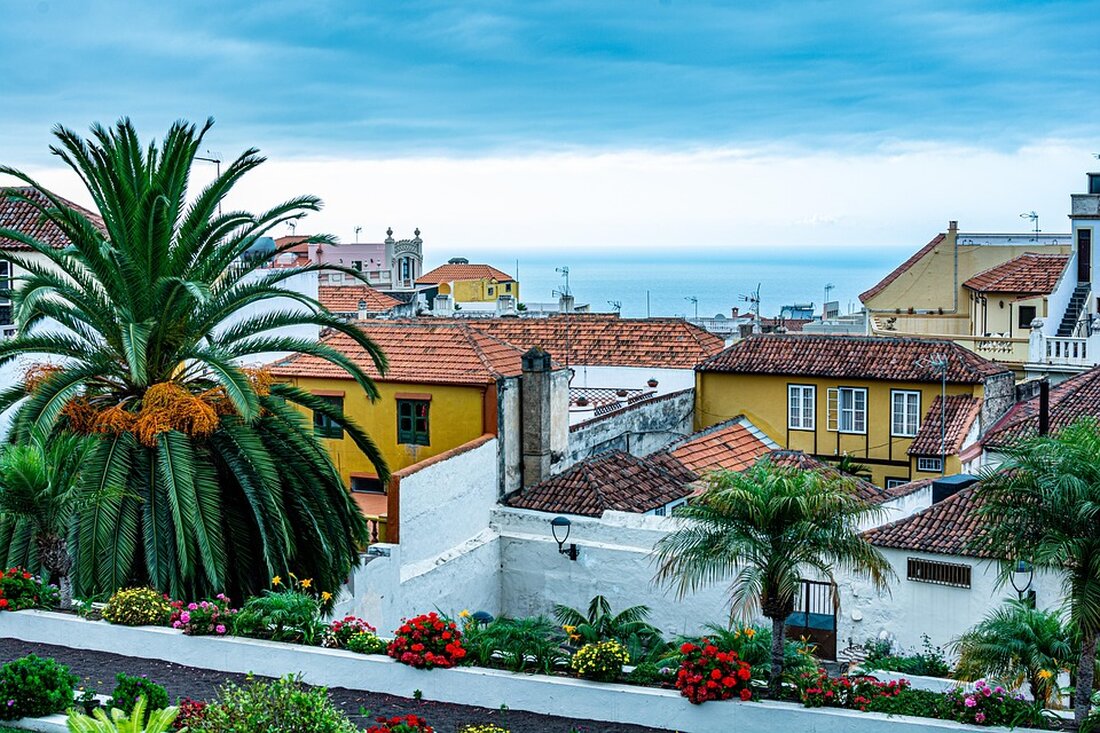Tenerife in the tourist storm: Strict rules for the El Teide National Park
Tenerife will introduce entry fees and strictures against mass tourism from 2026 to promote the environment and nature conservation.

Tenerife in the tourist storm: Strict rules for the El Teide National Park
Tenerife, the largest of the Canary Islands, faces massive challenges due to mass tourism, which is putting a significant strain on the island's infrastructure and natural beauty. From 2026 there will be an entry fee for visitors to El Teide National Park, Spain's highest mountain, a measure introduced in the hope of investing the proceeds in nature conservation. Loud Mercury The newly introduced regulations will also include strict controls on private cars in order to curb the increase in problems such as well-trodden paths, garbage accumulation and illegal parking.
The island administration has taken responsibility for the national park since January 1, 2025. The number of hikers is currently limited to 300 per day, which requires prior registration via a website. These measures are intended to help regulate tourism better and reduce the ecological footprint of visitors. However, the exact entrance fee for the national park from 2026 has not yet been determined.
Protests and resistance against mass tourism
On Saturday, people took to the streets on all seven inhabited Canary Islands to protest against the negative effects of mass tourism. Under the motto “The Canary Islands are reaching their limit,” the demonstrators expressed their displeasure at the approval of large tourist complexes in protected areas on Tenerife. Sociology professor and chairman of the environmental organization ASCAN, Eugenio Reyes, emphasizes that warnings about these developments have been in place since the 1990s. Before the euro crisis in 2008, Tenerife already received 8 million visitors per year, while in 2019 the number increased to 16 million and in 2023 to 17 million, according to taz.
The rising numbers are leading to overcrowding, traffic congestion and even water rationing, while hotels continue to use large amounts of water. Despite the jobs generated by tourism, which account for 40% of jobs in the Canary Islands, working conditions in the sector are often precarious, with vacancies and low wages. In addition, 36% of the population lives at or below the poverty line, indicating structural poverty in the region.
Sustainability initiatives and projects
In order to counteract mass tourism and its negative consequences, Tenerife is planning to invest 219 million euros in environmental programs. This includes projects such as the revitalization of seagrass meadows and the maintenance of natural areas such as La Rambla de Castro and Montaña Roja. The implementation of additional ranger units and the introduction of surveillance cameras at the entrances to the national park are intended to ensure stricter control of existing laws and regulations.
In addition, a legal reform is being sought that will provide for strict fines for violations of nature conservation regulations. The amounts for wildlife parking could be between 1,500 and 6,000 euros, while camping in restricted zones could be punished with 400 euros. These measures are considered necessary to improve the quality of tourism on the island and to preserve Tenerife's natural beauty for future generations of travelers.
Overall, Tenerife hopes to achieve record tourism figures again in 2025, despite the growing problems. The challenge will be to find a sustainable approach to balance the needs of visitors and the local population.

 Suche
Suche
 Mein Konto
Mein Konto